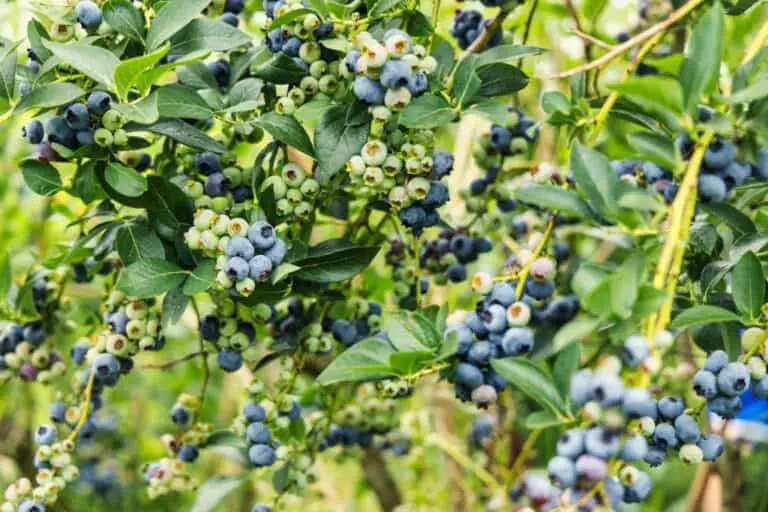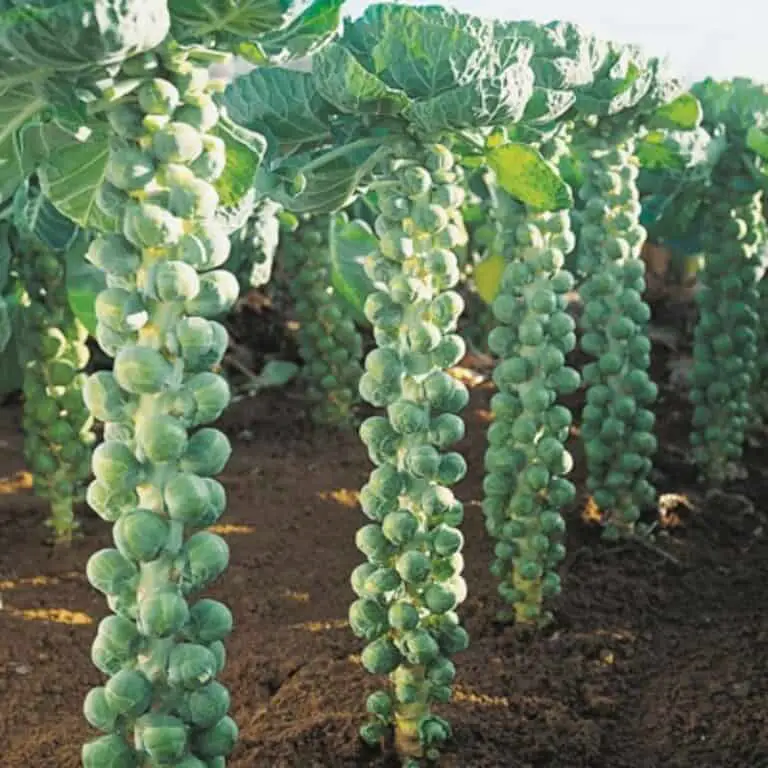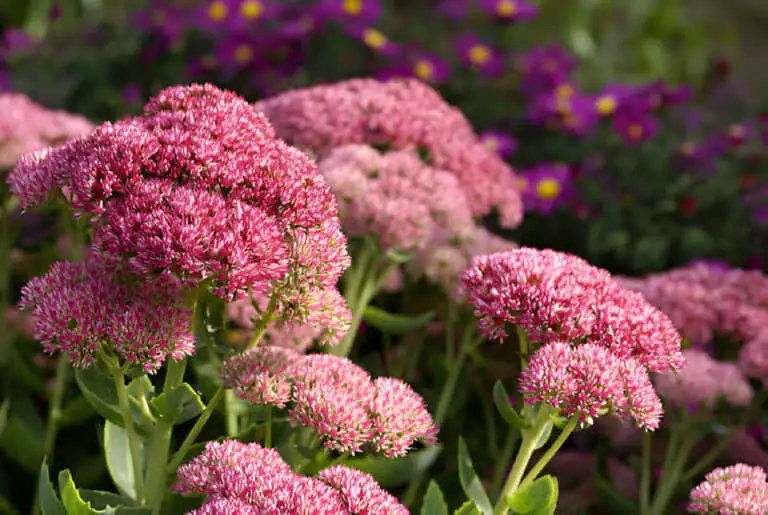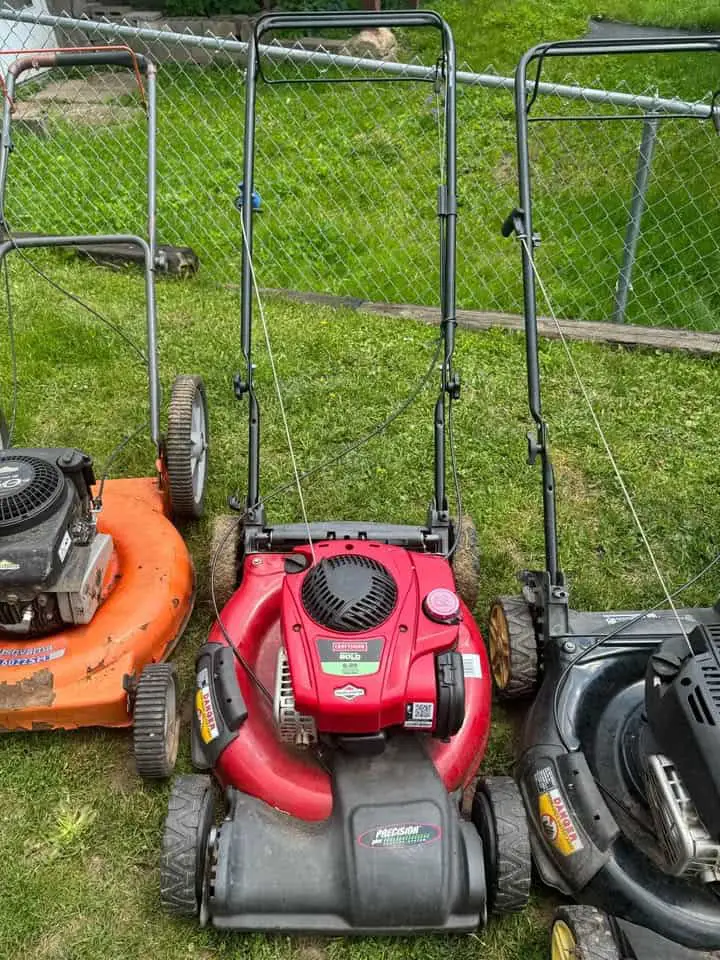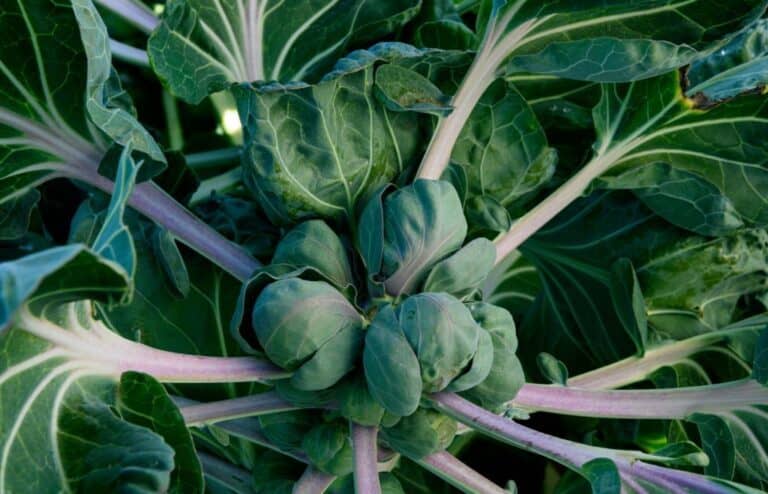Overwatered Jade Plant: Signs, Symptoms, and How to Fix It!
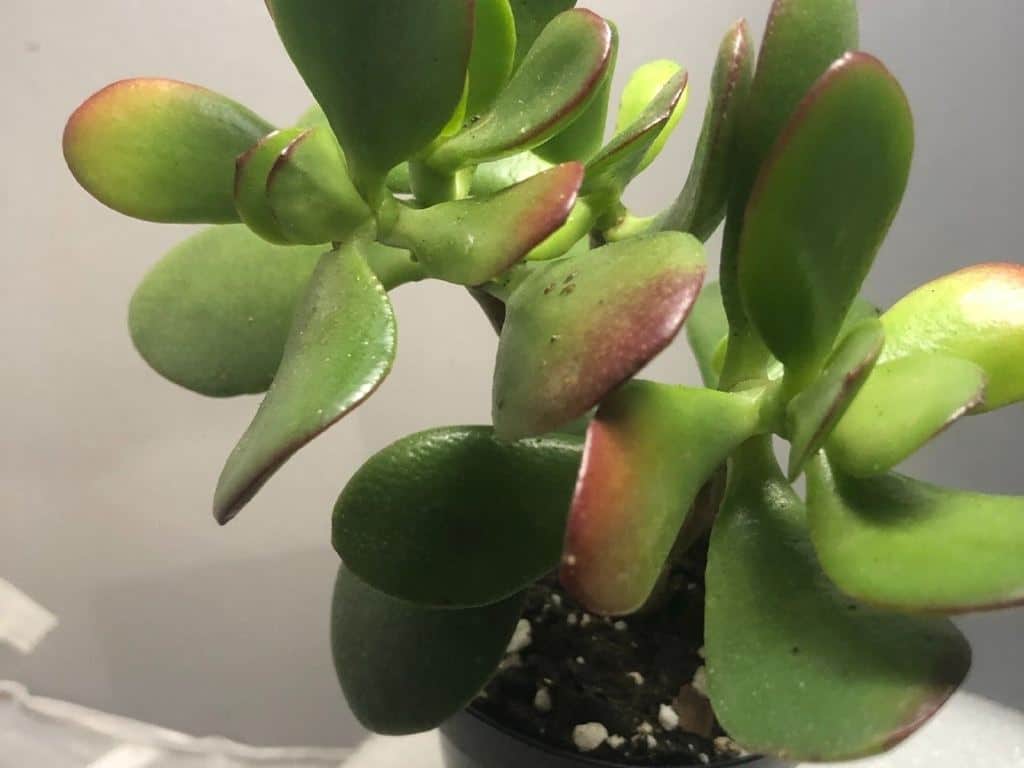
Crassula Ovata, also known as jade plant, money plant, and lucky plant, is a wonderful succulent that is often given as a housewarming gift for good luck. But one of the most common problems that you may encounter is having an overwatered jade plant.
In this article, I will talk you through the signs and symptoms of an overwatered jade plant, as well as how to save a dying jade plant.
Jade Plant Overwatering Symptoms
If you think that you have given your jade plant too much water then don’t worry, you are not alone! An overwatered jade plant is a common issue amongst succulent lovers. There are often signs and symptoms you can look out for such as yellowing leaves, leaves falling off, soft leaves, dry leaves, red leaves, and of course, root rot and wet soil. Let’s start from the top…
Jade Plant Leaves Turning Yellow
If you have an overwatered jade plant, then one of the initial symptoms you’ll notice is that the jade plant leaves are turning yellow. Occasionally, older leaves of a crassula ovata will turn yellow and be replaced by new, fresh leaves. This is completely normal. However, if you notice a large amount of the leaves are turning yellow, this is when you may have a watering problem.
The discoloration will happen when the roots are waterlogged. Your houseplant may have root rot, and if so, you will want to fix the issue sooner rather than later. The reason that jade plant leaves turn yellow, is that the plant is unable to suck up all the healthy nutrients it usually does! If you leave root rot for too long, you’ll eventually notice your jade plant’s leaves turning black and falling over.
Although jade plant leaves turning yellow IS a sign of overwatering, there can also be other causes such as jade plant pests, scale, diseases, underwatering, or temperature trauma. You’ll need to get your thinking cap on and do some investigating to figure out the cause.
If you have any of the below symptoms alongside the yellowing leaves, then chances are, you have an overwatered jade plant!
On occasion, a succulent turning purple can also be a sign of overwatering!
Jade Plant Leaves Falling Off

If you notice your jade plant dropping leaves, then there is a chance you have given the poor plant a bit too much TLC! Getting the correct watering schedule can be a tricky one to master, and even the top succulent collectors are susceptible to this very common mistake.
Leaves falling off a jade plant are a sign that the root system is struggling and can no longer support the leaves. This happens later on during the overwatering signs, and really you want to be identifying the issue before the leaf drop happens. If the roots can no longer support the leaves, then it will usually be because of root rot.
However, a jade plant dropping leaves can again be down to a number of reasons, such as underwatering, pests, leaf shine, the wrong soil, temperature, and insufficient lighting.
If it is only the older leaves that are falling off your jade plant, then you don’t need to panic as this is just a natural process. If, however, a lot of the smaller, newer leaves begin to suddenly drop off in large quantities, this is when there will be a problem.
Jade Plant Soft Leaves
Now, this is one of the most common signs of an overwatering jade plant. Soft, mushy leaves are a clear sign that you have been watering your succulent plant a little too often! It is important to remember that jade plants don’t need constant watering.
Succulents are native to hot climates and desert areas. Because of this, they store water in their stems and leaves. This is what gives them their plum appearance. You should only be watering when the soil has completely dried out.
Soft and squishy leaves often mean that, unfortunately, your jade plant has root rot! The easiest way to tell if a jade plant has root rot is to lift the plant out of the planter and check for wet, slimy roots!
Jade Plant Leaves Drying Up
This is an odd one. Naturally, if your jade plant leaves and stems are drying up, you’d assume that the issue was down to underwatering! However, more often than not, dry leaves mean that you have been overwatering your houseplant.
Dry leaves can occur when there is an issue with the roots of the plant. If your soil is wet and soggy, yet the leaves are dry, then it will mean you have overwatered your jade plant. If, however, the soil is bone dry as well as the leaves, then you could be underwatering.
For this one, it really is the consistency of the soil that will let you know if you have underwatered or overwatered a jade plant.
Root Rot & Wet Soil
One of the most common signs and symptoms of an overwatered jade plant is root rot! All succulent types are susceptible to root rot when they have been overwatered. Root rot will, well, kill the roots of your plant. This will mean that your jade plant is unable to soak up all the nutrients it needs to thrive.
The most common cause of root rot is overwatering. Check your soil to see how wet it is. If it is soggy and heavy, then you will have more than likely overwatered your jade plant. You should then lift out your plant from its pot to check the roots. If the roots have become wet, slimy, and are covered in a black/brown sludge, then unfortunately you have root rot.
The first thing you need to do is stop watering immediately. Root rot can kill your beloved houseplant, and you’ll want to take quick actions to stop it from worsening. You should remove your jade plant from its container and get rid of as much wet soil as possible. You should then carefully cut away all the infected roots. Finally, you need to repot into fresh, well-draining soil.
Soil type is a big factor in causing root rot in a jade plant. Succulents enjoy light, airy, well-draining soil. Anything too dense will absorb way too much water and ultimately cause root rot and other common issues such as pests!
How to Save an Overwatered Jade Plant
If you have an overwatered jade plant, then it can be saved! Although root rot is a killer amongst plants, if you catch it early enough, then there are steps you can take to try and revive a jade plant. Follow these 3 easy steps to help revive a dying jade plant:
1. Remove from wet soil
The first thing you need to do to help save a dying jade plant is to remove it from the wet soil. Carefully take the plant out of its container and gently remove as much of the waterlogged soil as possible.
This can be a messy job, so be sure to do this over a sink. Be as gentle as possible as not to aggravate the roots any more than what they have been. Remove as much of the soil from the roots as you can without being too rough. You will then have to inspect the roots to see how much damage has been caused.
2. Remove the rotting roots.
The next step in saving an overwatered jade plant is to cut away the rotting roots. Using a pair of sterile pruning shears, carefully cut back at the rotting roots.
Healthy roots should have a white center. If you are cutting away and the roots are still a brownish color, then you should continue to cut back until they become white.
Once you are left with only healthy roots, make one final cut into each. This will encourage new root growth and help your jade plant bounce back!
3. Repot
Finally, you need to report your jade plant in new, nutrient-rich soil. You may need to change to a smaller pot as you now have fewer roots to work with. Remember that succulents like to be cozy, so a container that is just large enough to accommodate the root structure is perfect. Be careful not to use a container that is too big, as this will lead to overwatering!
The soil you should be using is a blend of organic and inorganic material. You can either make your own or opt to buy a cactus and succulent potting mix. Do not use conventional houseplant potting soil. You will also want to make sure the soil you use is well-draining soil.
Make sure that the container you have used also has drainage holes so that any excess water can come out the bottom and be thrown away.
Once you have successfully repotted your jade plant, leave it for a few days and don’t water it. Only water when you are certain the roots have completely dried out.
When you do water, don’t overdo it! You should water your jade plant until you see water coming out of the drainage holes. Make sure you throw any excess water away and do not leave your jade plant soaking in the water that comes out of the drainage holes. You can then leave your plant until the soil has completely dried out again.
The amount a jade plant needs watering will depend on its environment and where you live. As a rule of thumb, once every three weeks should be about right, but stick to the bone dry soil rule!
How Often to Water a Jade Plant
As I mentioned above, how often you water a jade plant completely depends on your living conditions.
If your jade plant is outside, it will need a completely different watering schedule than if it is an indoor houseplant.
Again, if you live in a cold area, then the watering schedule will be different to those who live in extremely hot climates, and seasonality will also affect the amount you need to water a jade plant.
Of course, like any plant, succulents need watering more in the summer months than in the winter.
Stick to the rule that a jade plant only needs watering when the soil is completely dry. This can be anywhere between once a week or once a month. It totally depends on your environment.
Overwatered Jade Plant Concluded
I hope this article has helped, and you are now confident in knowing the signs and symptoms of an overwatered jade plant and how to fix it!
As a recap, this blog has discussed the signs and symptoms of an overwatered jade plant, which included; leaf drop, soft leaves, dry leaves, and root rot.
I also talked you through the 3 steps in how to save an overwatered jade plant, and these were removing your jade plant from wet soil, cutting away the infected roots, and repotting it into new, nutrient-rich soil.

